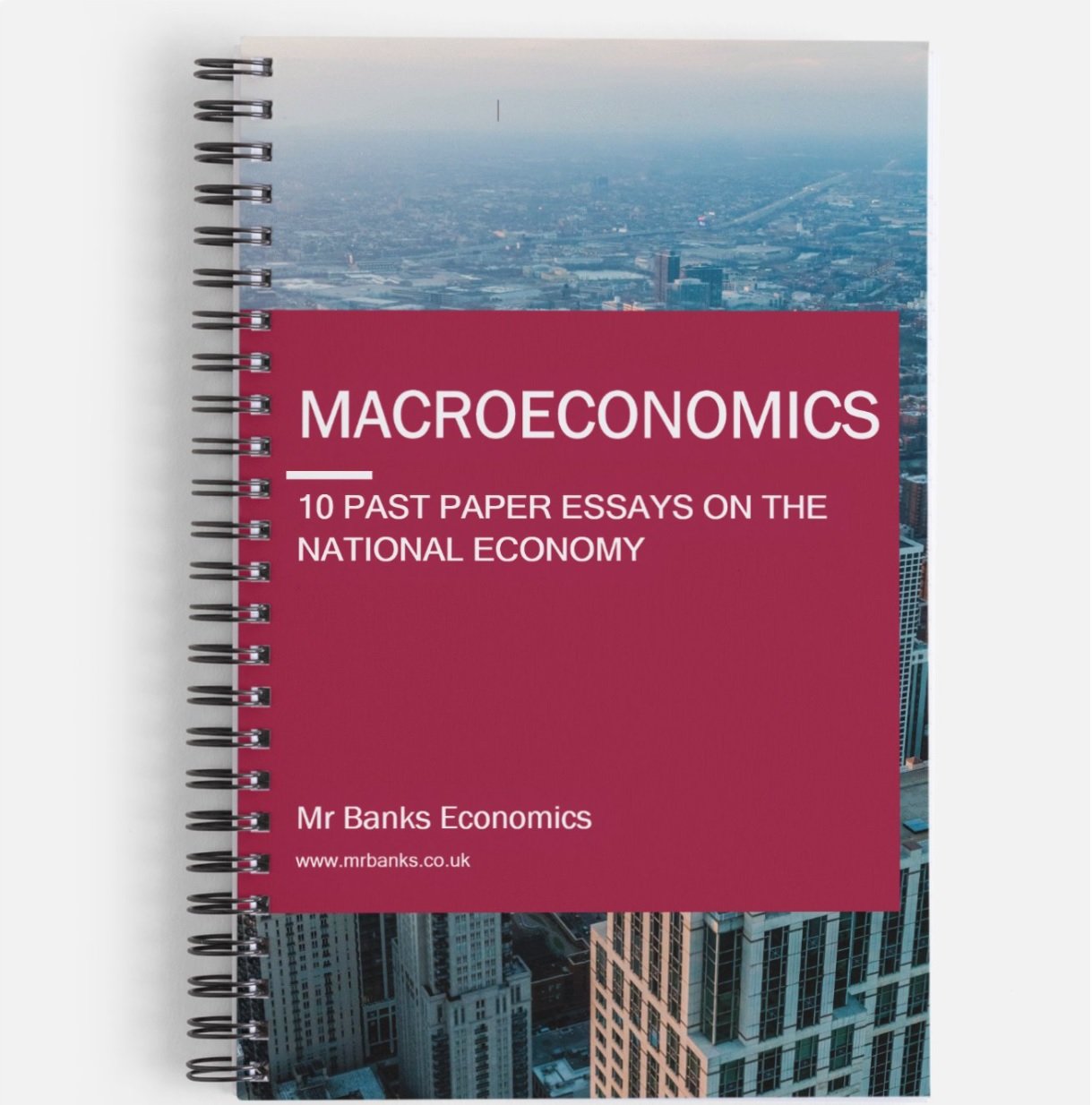The Labour Market: Wage Discrimination
A-level Economics
Similar to price discrimination
Definition
When employers with monopsony power pay different wages to different workers doing the same job.
It is similar to price discrimination - employees need wage setting power in order to successfully wage discriminate.
Employers are able to do this because every worker has a different willingness to supply their labour. Some people are prepared to accept lower wages, and some people aren’t.
E.g. Cleaner A and Cleaner B. Cleaner A is prepared to accept £10 per hour for his/her work. Cleaner B is prepared to accept £8 for the same job. If an employer learns about this, then the employer will naturally want to hire Cleaner B (providing they are equally trained/productive)
Employers try and pay the minimum amount each worker is willing to accept. Employers want to pay workers their transfer earnings and avoid paying unnecessary economic rent.
Wage discrimination in the labour market. The employer gains extra welfare if they are able to pay workers their transfer earnings only. To do this, they would need perfect information, which is not realistic.
In order to do this, they need information about each worker. How do they do this?
The truth is, finding out what each worker is willing to accept is very difficult – finding out this information can actually be costly.
Therefore, wage discrimination is more popular in job roles where employees negotiate their own pay and conditions. Some employees and employers sit down together and discuss what wages might be etc.
If you go for an interview, the interviewer may ask, “What would you be willing to work for?”
This question is aimed to extract information from you – if you want the job, most people will probably answer with a wage that is or is close to their minimum acceptable level. They don’t want to put the employer off with a wage that is too high, especially if the worker knows that there is lots of competition for this position.
Just like third degree price discrimination, employers can discriminate based on different segments in the labour force.
Young workers – often inexperienced, ambitious and willing to gain experience for reduced pay
Part-time workers – looking for flexible hours at the expense of a reduce wage rate. They’re probably working for some additional income and are not so concerned about achieving the maximum wage rate possible
Immigrants – often accept lower wages because their value of money is different to ours. In their home country, the price level is lower, so wages earned here grant them increased purchasing power in their home country
So, is wage discrimination good or bad?
It really depends. Wage discrimination can be good:
Employers may demand more labour, so more people employed. This is because wage discrimination allows the employer to minimise their labour costs
Employers can make more profits – supernormal profits and the case for dynamic efficiency
However, wage discrimination can be bad:
Costs more to extract information. Costs more to administer because separate contracts will have to be written for each worker. Therefore, business costs can increase.
Can cause problems if workers learn that other workers are being paid more for the same job
Can increase the problem of inequality – those on the lowest wages will only be paid their transfer earnings, so this can increase relative poverty
Can force down the wage rate in the market – a problem that certain people in the UK have experienced where immigrants are keen to work for lower wages and the market wage rate falls. For those who want to live in the UK long-term, these wages may not be enough
You must remember that wage discrimination is different to labour market discrimination. They are not the same thing!
Please go to the next page where you can learn about labour market discrimination.
So in summary, we have learned:
What is wage discrimination
Wage discrimination diagram
Advantages and disadvantages of wage discrimination
IF YOU WANT GOOD GRADES FAST, BUY THESE BOOKS!
MACROECONOMICS MODEL ANSWER BOOK
10 Past Papers with Model Answers on the National Economy
Written by an experienced Economics tutor
Full model answers with diagrams
Suitable for all UK Economics exam boards
Physical booklet
£20.00
MICROECONOMICS MODEL ANSWER BOOK
10 Past Papers with Model Answers on Market Failure
Written by an experienced Economics tutor
Full model answers with diagrams
Suitable for all UK Economics exam boards
Physical booklet
£20.00


